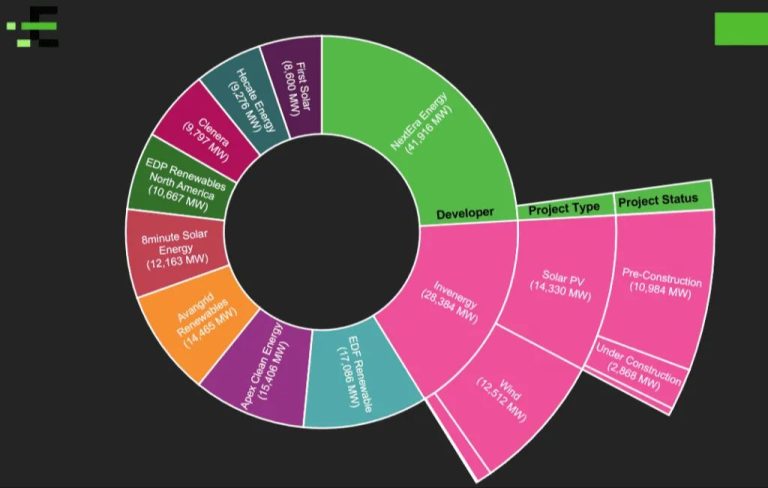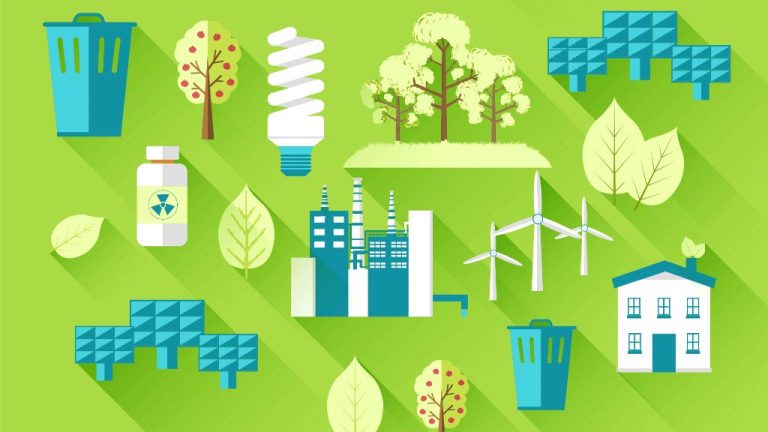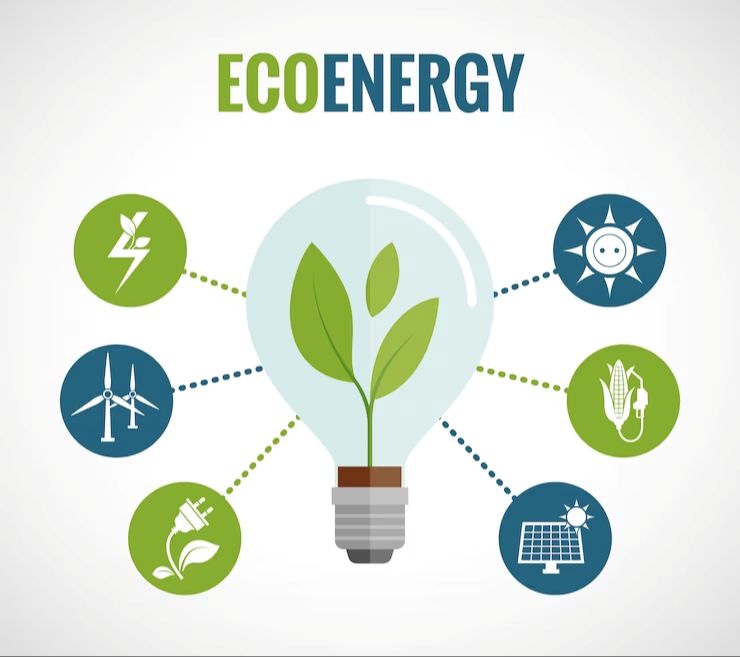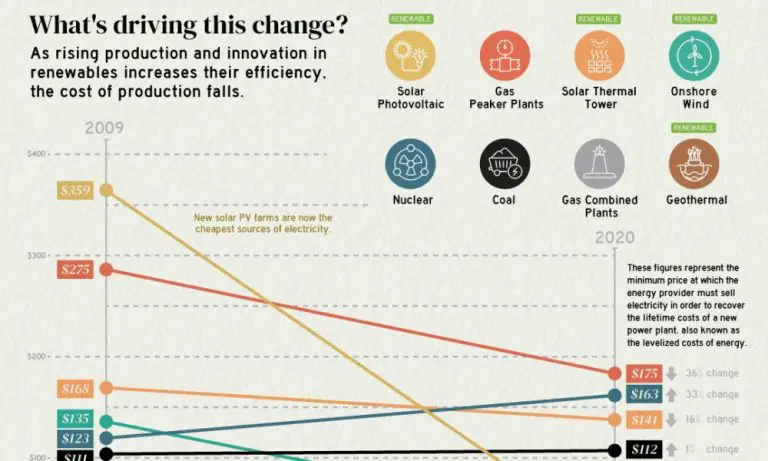What Is The #1 Disadvantage To Using Nonrenewable Energy?
Depletion of Resources
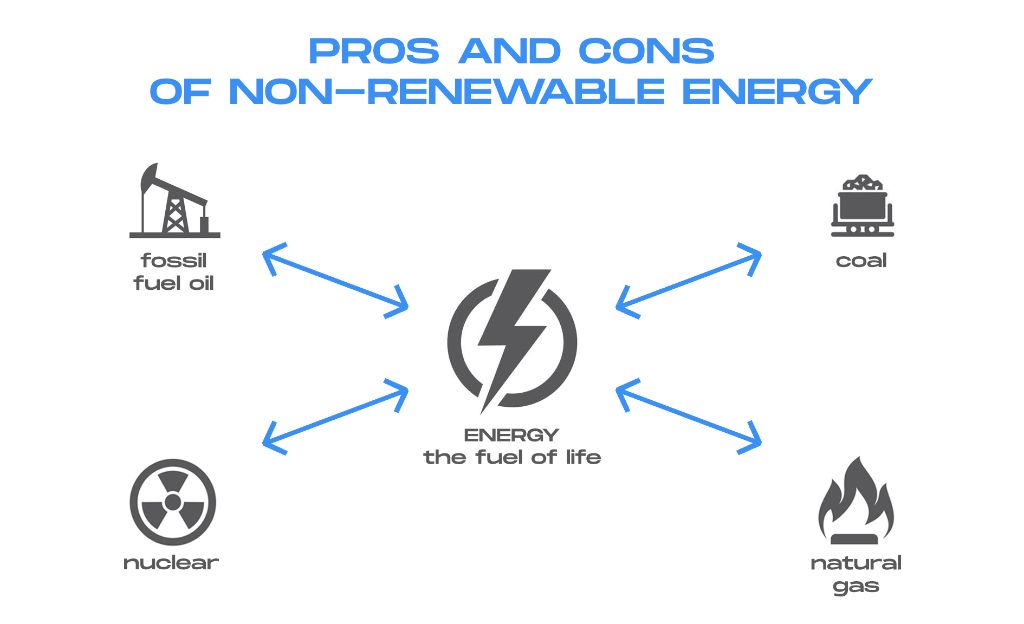
Nonrenewable energy sources like oil, natural gas, and coal are finite resources that will eventually be depleted. According to the U.S. Energy Information Administration, global proved oil reserves are estimated to last around 50 years at current production rates.
Oil is a prime example of a nonrenewable resource that we are using up rapidly. As reported by the APES Chapters 17-20 Flashcards on Quizlet, global oil reserves are predicted to last only about 30 more years.
Natural gas will also be depleted, though reserves may last longer than oil. The large quantities needed to meet energy demands cannot be replaced and regenerated within a short time frame. Reliance on finite, nonrenewable resources is unsustainable in the long run.
Once these resources run out, they will be extremely difficult and costly to replace. We need to transition to renewable energy sources that can replenish themselves like solar, wind, hydropower and biomass.
Environmental Damage
The extraction, transportation, and burning of fossil fuels causes significant environmental damage through pollution and habitat destruction. Fossil fuel extraction often occurs in delicate ecosystems, directly destroying habitats. For example, mountaintop removal coal mining in Appalachia has destroyed over 500 mountains and over 1 million acres of forests (https://www.nrdc.org/stories/fossil-fuels-dirty-facts).
Spills during fossil fuel transportation also cause major environmental disasters. The Exxon Valdez oil spill in Alaska leaked over 250,000 barrels of oil, covering 1,300 miles of coastline and killing hundreds of thousands of seabirds, otters, seals and more (https://www.eesi.org/papers/view/fact-sheet-climate-environmental-and-health-impacts-of-fossil-fuels-2021).
Burning fossil fuels releases particulate matter, nitrogen oxides, sulfur dioxide, mercury and other pollutants into the air and water. This contributes to smog, acid rain, and water pollution that damages ecosystems (https://www.epa.gov/nutrientpollution/sources-and-solutions-fossil-fuels). Reducing reliance on fossil fuels is key to protecting habitats and biodiversity.
Emissions and Climate Change
The primary disadvantage of using nonrenewable energy sources like coal, oil, and natural gas is that burning these fossil fuels emits significant amounts of carbon dioxide (CO2) and other greenhouse gases that drive global climate change. The Intergovernmental Panel on Climate Change reports that fossil fuel emissions account for over 75% of the greenhouse gases sent into the atmosphere each year. These greenhouse gas emissions trap heat in the atmosphere and warm the planet.
According to the UN, the burning of fossil fuels like coal, oil, and gas is the dominant cause of global warming. The greenhouse gases emitted from fossil fuel combustion act like a blanket wrapped around the Earth, absorbing infrared radiation and preventing it from escaping into space. This greenhouse effect leads to rising average temperatures around the world, causing sea levels to rise, weather extremes, habitat loss, and other impacts.
The Environmental Defense Fund explains that transitioning from fossil fuels to clean, renewable energy sources is critical to avoid the worst impacts of climate change. Relying on finite resources like oil, coal, and natural gas to meet the bulk of our energy needs is simply not sustainable. Renewable alternatives exist today that can supply energy without degrading the environment and destabilizing the climate.
National Security Risks
Reliance on imported fossil fuels makes countries vulnerable to supply disruptions that can threaten national security. For example, the United States imports a large portion of its oil from politically volatile regions like the Middle East. Sudden supply restrictions or price hikes from exporting countries can damage the U.S. economy and undermine national security objectives. As the Council on Foreign Relations notes, “U.S. oil dependency continues to undermine foreign policy objectives and requires military resources to be committed to protect overseas oil supplies”.
Heavy dependence on foreign oil also forces the U.S. to expend substantial diplomatic and military resources to maintain access to overseas supplies. According to congressional testimony, “Another critical problem regarding our dependence on foreign oil sources is not economic or technological, but political. This natural resource deficit increases the opportunities for authoritarian petro-regimes to exercise political leverage over the United States” (source). Maintaining energy security in an unstable geopolitical environment requires significant defense expenditures and military commitments.
In times of conflict or supply disruptions, reliance on foreign oil threatens U.S. national security interests. As explained in an analysis, “sudden disruptions of energy supply…could pose grave threats to U.S. national security…[and]…undermine the U.S. economy” (source). Reducing dependence on overseas fossil fuels through increased energy efficiency and renewable sources is a key national security priority.
Fuel Price Volatility
One of the main disadvantages of nonrenewable energy sources like oil and natural gas is that their limited supply causes prices to fluctuate wildly. As demand rises or supply constraints occur, prices can skyrocket to record highs before crashing back down. According to the U.S. Energy Information Administration, factors like production costs, geopolitics, natural disasters, and seasonal changes in demand can all impact pricing (https://www.eia.gov/energyexplained/gasoline/price-fluctuations.php). For example, a major hurricane damaging oil rigs and refineries along the Gulf Coast could cause gasoline prices to spike 50 cents or more overnight. Similarly, if OPEC cuts oil production or political instability disrupts output from a major producing nation, reduced supply can send crude oil and gas prices surging.
This price volatility makes budgeting and planning difficult for consumers, businesses, and governments reliant on fossil fuels. Prices that constantly fluctuate introduce uncertainty and risk that renewables like solar and wind do not share. With unlimited free fuel sources like sunlight and wind, renewable energy prices tend to remain stable over time.
Health Concerns
One of the major disadvantages of using nonrenewable fossil fuels is the adverse health effects from pollution. Fossil fuel extraction, processing, and combustion all release harmful air pollutants that have been linked to respiratory issues, cardiovascular disease, cancer, birth defects, and premature death [1]. Fine particulate matter, nitrogen oxides, sulfur dioxide, mercury, and other toxins emitted during fossil fuel use worsen air quality. This leads to increased asthma attacks, lung cancer, chronic obstructive pulmonary disease, and other respiratory conditions [2]. One study estimates exposure to fossil fuel pollution causes over 8 million premature deaths per year globally [3]. These alarming public health risks make transitioning to cleaner renewable energy an urgent priority.
Lack of Sustainability
One of the biggest disadvantages of nonrenewable energy sources is their lack of sustainability. Unlike renewable resources such as wind, solar, and hydropower, nonrenewable resources like oil, natural gas, and coal cannot replenish themselves in a reasonable timeframe to sustain long-term energy needs (Difference Between Renewable & Nonrenewable Resources). Fossil fuels in particular take millions of years to form naturally, so once depleted, they are essentially gone forever on a human timescale.
Renewables can regenerate themselves perpetually, but nonrenewables are finite. As Britannica notes, while the global supply of nonrenewables is enormous, they will eventually dwindle if not supplemented or replaced. Most experts estimate the world only has enough easily accessible oil reserves to last another 50 years at current consumption rates. Coal may last another century. Once these finite resources run out, extracting what’s left will become increasingly difficult and expensive.
The finite nature of nonrenewables means they cannot realistically continue powering society long-term. Renewables have the advantage of limitless fuel sources like the sun, wind, and water that will never run out. This gives them much greater sustainability than nonrenewables. With renewable technology constantly improving, many analysts believe the future lies with renewable energy rather than unsustainable fossil fuels.
Higher Long-Term Costs
Nonrenewable energy sources like coal, oil, and natural gas require substantial investments in exploration, drilling, mining, and infrastructure to extract the fuels from the earth. As finite reserves get harder to obtain over time, costs tend to rise. For example, hydraulic fracturing and drilling in the deep ocean have much higher costs than conventional oil drilling. According to analysis from Irena, the costs of fossil fuels increased significantly in 2021 and 2022 amid supply constraints, making them far less competitive compared to renewable energy.
In contrast, most renewable energy technologies like solar and wind power have minimal ongoing fuel costs. The International Energy Agency (IEA) reported in their May 2022 market update that renewables offer long-term price stability and reduced dependence on volatile fossil fuel markets. As technology improves and production scales up, the costs of renewable power generation are projected to continue falling over the long run. Investing further in renewable energy can provide a hedge against the inevitably rising costs of finite fossil fuels.
Inflexibility and Lack of Innovation
Reliance on existing nonrenewable energy infrastructure can discourage innovation and the transition to newer, better energy solutions. For example, the U.S. has invested trillions of dollars over the past century in fossil fuel power plants, pipelines, drilling platforms, refineries, and other infrastructure. This has created a strong bias toward continued use of nonrenewable energy sources like oil, gas, and coal Could NPEs Stifle Innovation in Sustainable Energy. There is less incentive to make investments in renewable energy when so much sunk cost is tied up in nonrenewable assets. Switching to renewable energy requires developing whole new supply chains and infrastructure that many incumbent energy companies may be reluctant to embrace.
Government subsidies for oil, gas, coal, and nuclear energy also discourage competition from renewable sources. Over $20 billion in tax breaks go to fossil fuel companies in the U.S. every year, which gives them an advantage over cleaner forms of energy How America’s Energy Policies Are Stifling Growth and Innovation. Removing these subsidies could spur greater innovation in renewables. Regulations that protect incumbent utilities also make it harder for new clean energy companies and technologies to enter the market.
Transitioning to a sustainable energy system requires policies that encourage R&D investments into renewable energy and make it easier for new innovations to compete. However, the powerful inertia of the existing system creates resistance to the very innovations needed to transition away from polluting energy sources.
Conclusion
In summary, there are numerous disadvantages to relying heavily on nonrenewable energy sources. The main drawbacks include the depletion of finite resources over time, environmental degradation from activities like mining and drilling, air pollution and greenhouse gas emissions that accelerate climate change, risks to national security and trade balances, exposure to fuel price volatility, public health consequences, lack of sustainability for future generations, relatively high long-term costs once externalities are considered, technological inflexibility and resistance to innovation compared to newer energy sources.
The overarching problem with nonrenewable energy is that supplies will eventually dwindle as fossil fuel reserves get exhausted. This threatens energy security and also means today’s excessive use robs future generations of resources. The environmental and climate damages are already being felt globally. While nonrenewables currently dominate energy production in most countries, a smart strategy going forward is to transition steadily toward renewable sources like solar, wind and hydropower that offer more sustainability.

